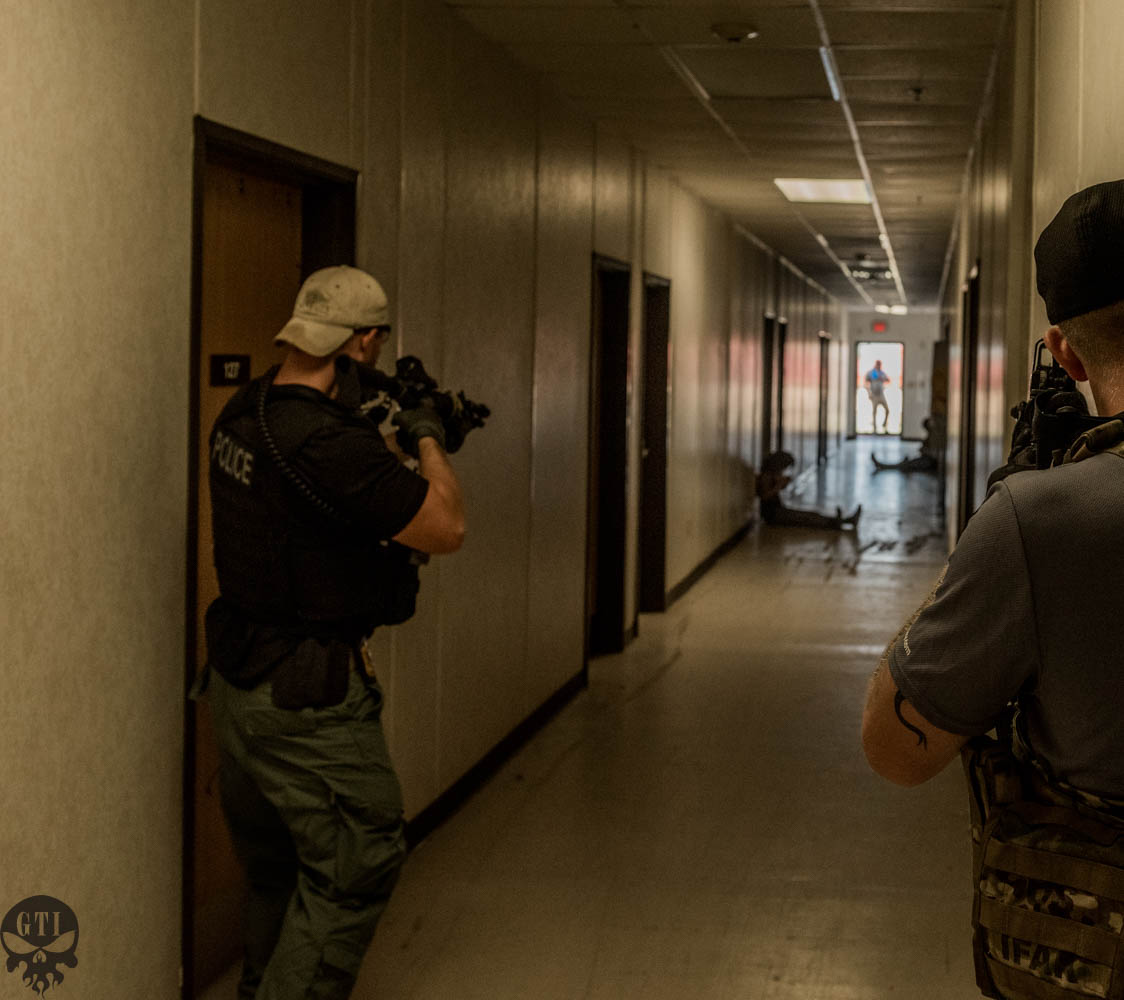

The enhanced maritime SWAT teams are to receive additional maritime training and maritime equipment. In September 2005, in an effort to enhance joint FBI/Coast Guard tactical efforts, the FBI created 14 enhanced maritime SWAT teams, nearly all of which are located in the FBI field office closest to one of the Coast Guard’s 13 Maritime Safety and Security Teams (MSST). Some teams receive somewhat more training and equipment than others, but all have a limited maritime capability in comparison to the FBI’s HRT, discussed in more detail below. However, the MOTR issued in October 2005 is an interim plan, which FBI officials say does not clearly delineate the roles of the Coast Guard and the FBI and therefore raises concern about potential confusion over authorities and incident command in the event of a terrorist attack in the maritime domain.Įach of the FBI’s 56 field offices has a SWAT team, and the teams receive basic training in areas that are useful for operating in the maritime domain including water safety, limited climbing techniques, and exposure to close quarters battle tactics. Officials from both agencies also agreed that the Maritime Operational Threat Response (MOTR) plan, one of the plans supporting the implementation of the National Strategy for Maritime Security, should resolve any such issues. Officials at the FBI and the Coast Guard agreed that the Act may have created some overlapping responsibilities between the two agencies. laws in the maritime domain, a role that received an added terrorism component with the passage of the Maritime Transportation Security Act of 2002. The Coast Guard also has significant responsibility for enforcing U.S. FBI SWAT teams, Hostage Rescue Team (HRT), and Hazardous Devices Response Unit (HDRU) may all be involved in responding to a maritime-based terrorist attack. HRT operators also helped Delta Force take down Ahmed Abu Khattala, suspected of participating in the deadly attacks on US facilities in Benghazi, Libya, in 2014.Response to terrorist threats or incidents in the maritime domain presents unique challenges to the FBI and any other responding agency. When US intelligence tracked one of the conspirators in Somalia, two HRT operators brought him back to face justice. One operator helped during the negotiations, and another went in with the SEALs after the pirates killed the hostages. In 2011, when SEAL Team 6's Gold Squadron attempted to rescue four Americans taken hostage by Somali pirates, the HRT was there. The HRT had previously worked with the military's Joint Special Operations Command (JSOC) to hunt war criminals in the Balkans, and the wars in Afghanistan and Iraq saw HRT operators augmenting Tier 1 military units on raids, helping with forensics. The September 11, 2001, terrorist attacks took the unit to a whole different level.


As a result, the HRT was reorganized and doubled in size. It often indicates a user profile.īut debacles at Ruby Ridge, Idaho, in 1992 and Waco, Texas, in 1993 put the unit in the limelight for the wrong reasons. Account icon An icon in the shape of a person's head and shoulders.


 0 kommentar(er)
0 kommentar(er)
